A water filter pitcher can turn green whenever there is a build-up of algae, mold, bacteria, or other organic material. This is more common when the weather is warm and humid, or when the water itself is polluted.
Water filter pitchers are fantastic for convenient and cost-effective water filtration, and are often capable of removing contaminants like chlorine and sediments. However, you may sometimes notice that your water pitcher has turned green, and you should not drink the water until you have removed the residue.
In this article, we explore the potential reasons why your water filter pitcher has turned green. We also provide you step-by-step instructions on how you can diagnose the problem, and how to remove the green stuff and prevent it from happening in the future.
Green water filter pitchers
In most cases, the ‘green stuff’ that you see in your water filter pitcher is a type of algae or mold that grows in the water filter cartridge or pitcher.
This can range from a light, yellowish color to a dark, almost black, green. Usually, you will find it as specks or spots in and around the filter cartridge, but sometimes, it may even form a layer on the surface of the water.
Whatever the case, the presence of green stuff in your water filter pitcher is usually a sign that the filter cartridge needs to be replaced, or it may indicate a problem with the pitcher’s cleaning and maintenance.
Let’s delve into the details of how and why this happens (Keep reading for how you can diagnose your specific problem, and solve it).
5 Reasons Why Water Filter Pitchers Turn Green
1. Algae growth
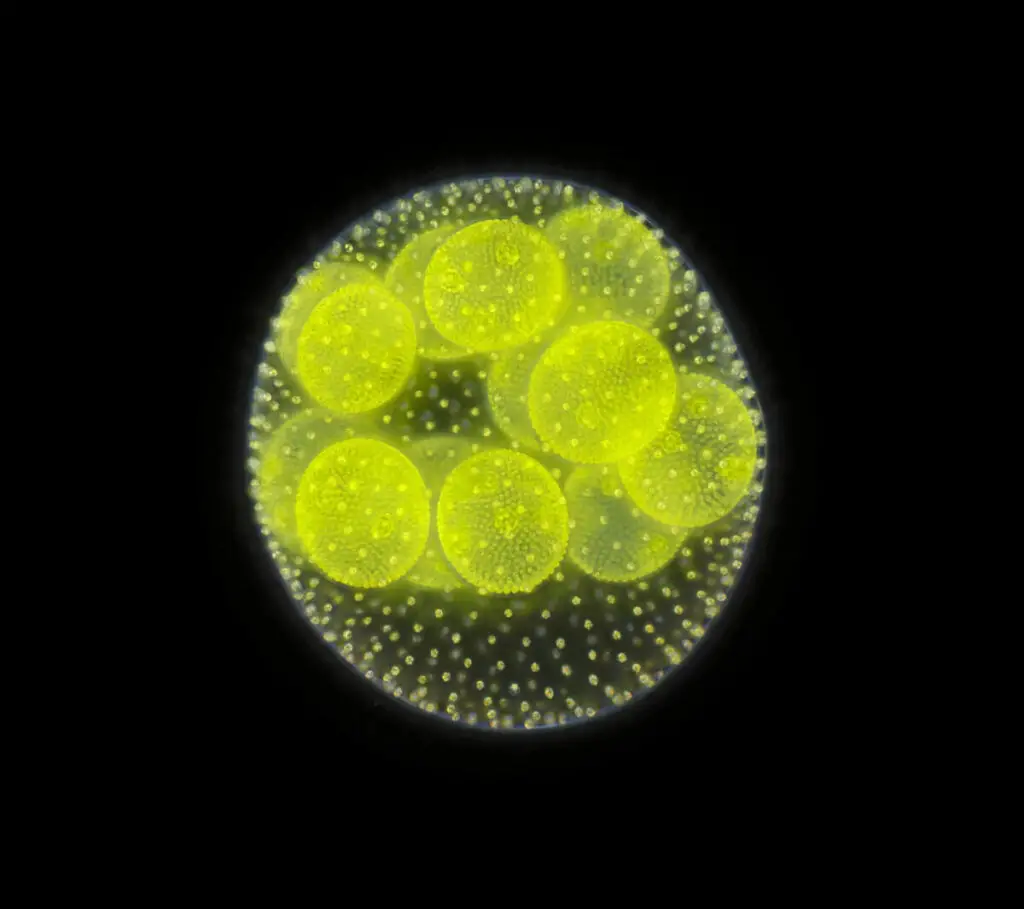
As mentioned earlier, algae growth is the most common reason why water filter pitchers turn green.
Algae are tiny, microscopic plants that love warm and moist environments, essentially like a pond in the summer – or in your case a nice, cosy water filter pitcher.
Their spores (or seeds) are found in most natural sources of water, and if you leave your water filter pitcher in a warm and humid area, it can replicate similar pond-like conditions for the spores to sprout and grow.
Algae can also grow in your water filter cartridge if you do not change it frequently enough, or if the pitcher is not cleaned properly.
A good way to avoid algae growth in your water filter pitcher is to place it in a fridge, or if you have it on a counter make sure the lid is securely on and it is not in direct sunlight.
2. Mold growth
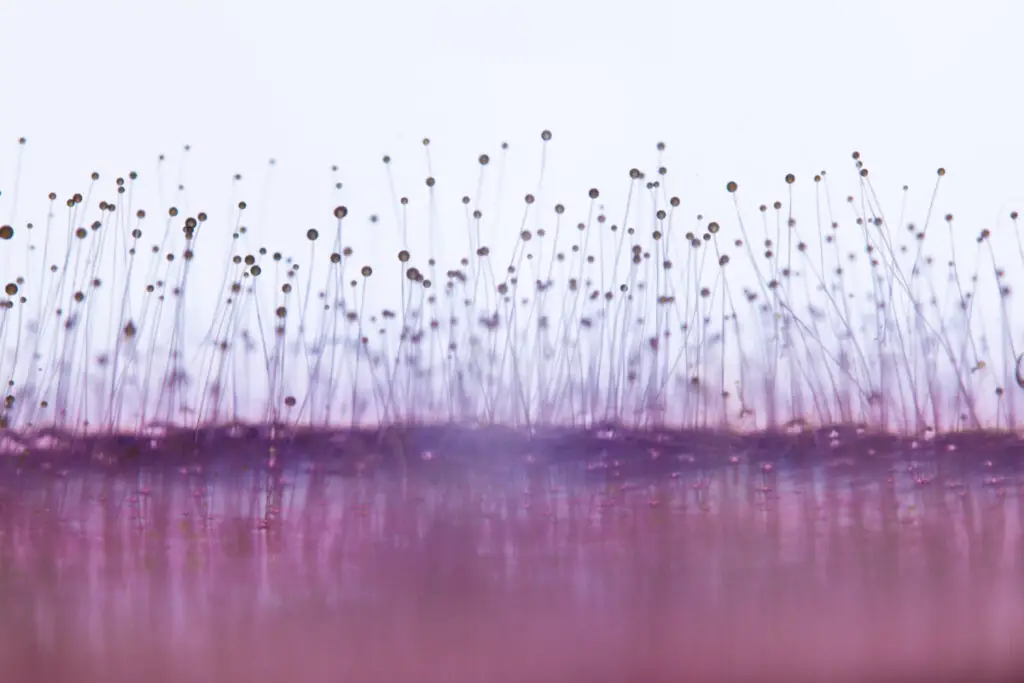
Mold is another common reason why water filter pitchers turn green.
Unlike algae, mold is a type of fungus that grows in damp and humid areas.
If your water filter pitcher is not cleaned often enough or if it is stored in a humid area, mold can easily grow in your filter pitcher.
Mold is often not as benign as algae, either, and can have health effects like headache, stuffy nose, or other allergic conditions.
Unfortunately, keeping your filter pitcher in the fridge will not really help prevent mold from establishing (unlike algae).
3. Bacterial growth
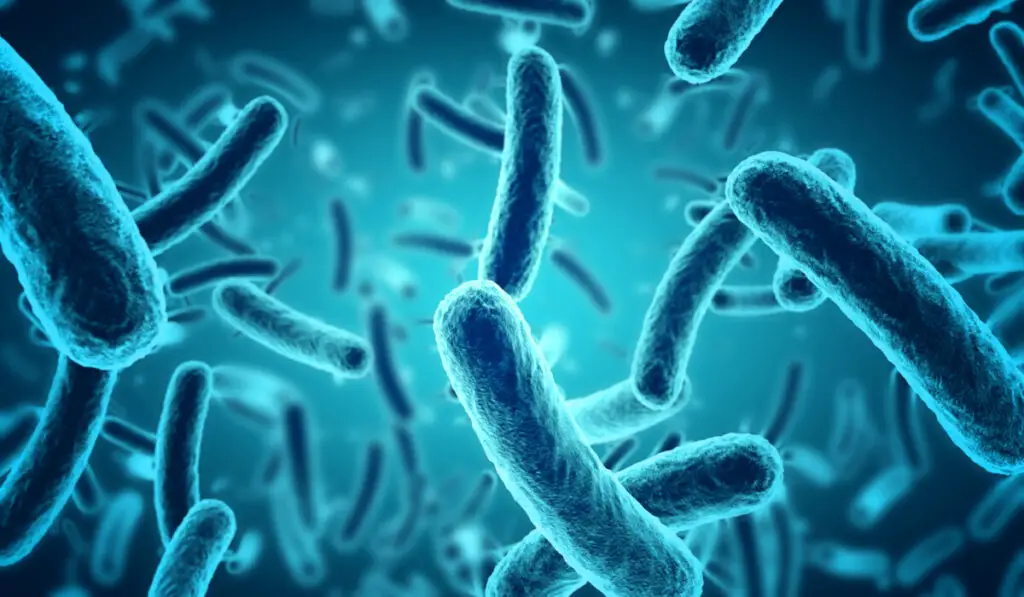
Bacterial growth is another big reason why water filter pitchers turn green.
Bacteria are microscopic organisms that grow in warm and moist environments.
Like most other problems, if your water filter pitcher is not cleaned regularly, bacteria may easily grow and cause the water to turn green.
Not all bacteria are harmful, but when you don’t know what the specific bacteria in your water are, it is always a wise idea to avoid any bacteria in the water you drink.
Also read about water filter pitchers that can remove bacteria here.
4. Dirty water
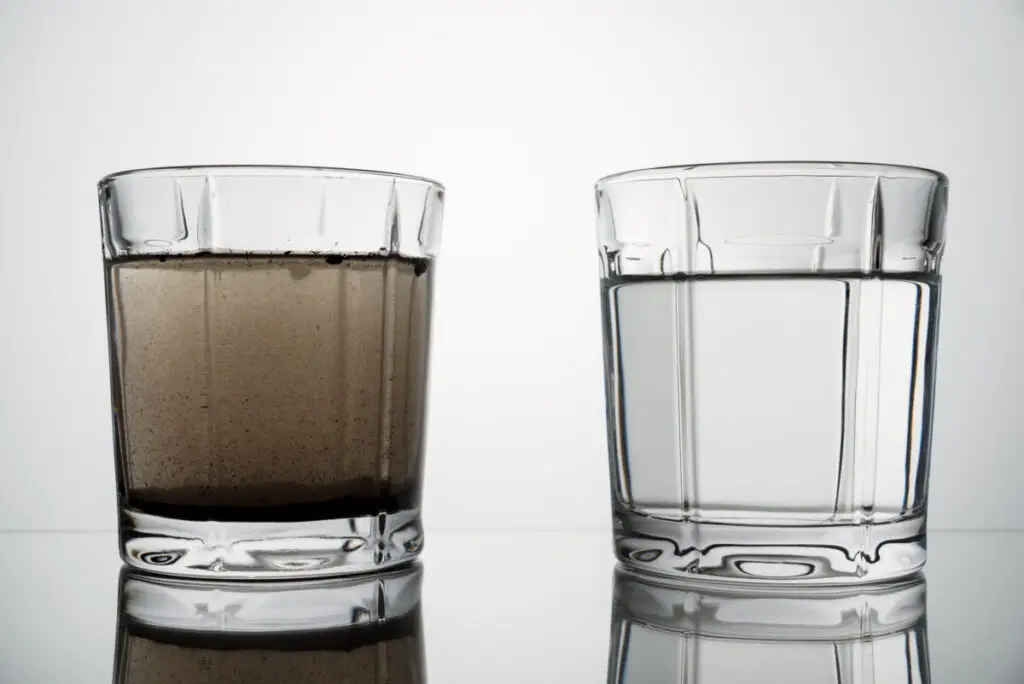
The organisms causing your water to go green can be produced in the pitcher itself. But often they end up there from the water that you are putting into the pitcher.
If the water going into the pitcher is already dirty (or contaminated), it can cause the water filter cartridge to clog up. This creates a fantastic nutritious medium (food basically) for bacteria, algae, and mold to grow.
Ultimately, this can lead to the water in your pitcher to turn green (but can also turn blackish).
5. Organic material
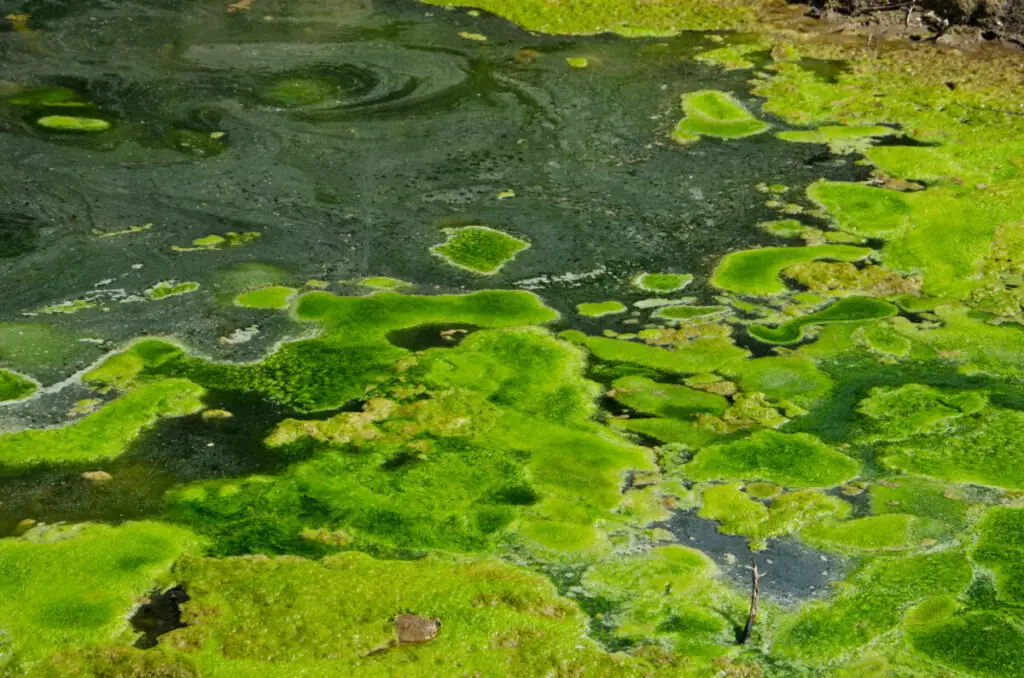
Micro-organisms are not the only reason why your water filter pitcher turns green.
Organic material like leaves, grass, and dirt can get into the water filter pitcher and turn it green as well.
They can also create a suitable environment for other bacteria, algae, and mold to grow.
How To Determine What Is Making Your Water Filter Pitcher Green
Now that we have covered all the possible problems, let’s figure out what is causing the problem in your particular case.
Step 1: Check the water filter cartridge
The first step in determining the problem and removing the green stuff is to check the water filter cartridge of your water filter pitcher.
If the water filter cartridge is clogged or if it has not been changed in a while, it will need to be replaced.
Since the replacement techniques are different for each brand, we recommend following the manufacturer’s instructions to remove the old filter and replace it with a new one. It is usually better to replace it with a branded filter, rather than a generic / no-name cheap knockoff (cheaper alternatives rarely last as long).
If your water filter has turned pink, or has a pink residue on it Water Purification has a detailed guide on how to remove, and prevent, it available here.
Step 2: Check the pitcher
If the water filter cartridge is not the problem, check the pitcher itself for any signs of mold, algae, or bacterial growth.
If you see any green stuff at all sticking to the walls of the pitcher or the filter housing area, it’s time to clean and sterilize the pitcher.
Sterilization is the key here, as otherwise the green stuff will just keep coming back – Don’t worry we have steps for you to follow on how to clean and sterilize your pitcher available here.
Step 3: Check the incoming water
As we mentioned earlier, sometimes the source of the green stuff in your water filter pitcher is in the incoming water itself.
This could be the case if your pitcher seems to be green soon after cleaning both the pitcher and the filter cartridge.
Check your water by filling a glass from the tap and allowing it 5 minutes to settle. If there are any particles in the water they should settle in the bottom for you to look at, otherwise you can always pick up a water testing kit from Amazon (or similar) to check the quality of your water if you are worried).
How to Clean Your Water Filter Pitcher
To clean a water filter pitcher, follow these steps:
- First, empty the pitcher of any water and remove the filter cartridge.
- Fill the pitcher with hot water and add a tablespoon of dish soap. Any gentle dish soap should work fine.
- Use a soft sponge or a microfiber cloth to scrub the inside of the pitcher, paying particular attention to the areas where the green stuff is growing.
- Rinse the pitcher thoroughly with hot water.
- To be extra sure, fill the pitcher with a solution of one part white vinegar and three parts water.
- Allow the pitcher to sit for 15-20 minutes to let the vinegar solution soak in and loosen any remaining green stuff.
- Rinse the pitcher thoroughly with hot water once again.
- Finally, replace the filter cartridge and refill the pitcher with clean water. Discard the first pitcher-full of water and fill the reservoir again
How To Sterilize Your Water Filter Pitcher
If the green stuff is persistent or keeps recurring even after frequent cleaning, you may need to sterilize the water filter pitcher.
To do this, follow these steps sequentially:
- Empty the pitcher of any water and remove the filter cartridge.
- Fill the pitcher with a solution of one teaspoon of bleach and one gallon of water.
- Allow the pitcher to sit for 15-20 minutes to let the bleach solution sterilize the pitcher.
- Rinse the pitcher thoroughly with hot water. Make sure the smell of bleach is gone before using it.
- Replace the filter cartridge and refill the pitcher with clean water. Discard the first pitcher-full of water and fill the reservoir again before drinking.
How to prevent green stuff from growing in your water filter pitcher
Now that you have gotten rid of the green stuff in your water filter pitcher, take a look at some of the measures you can take to prevent the green stuff from growing again:
1. Change the water filter cartridge regularly
The best way to prevent green stuff from growing in your water filter pitcher is changing the water filter cartridge regularly.
As mentioned earlier, we recommend following the manufacturer’s instructions on how to (and how often to) change the filter cartridge.
It’s also good practice to sterilize your water filter pitcher every time you change your filter cartridge (don’t forget to flush your new filter too).
2. Frequently clean the water filter pitcher
Cleaning the water filter pitcher as often as possible is important in preventing green stuff from growing. Follow the cleaning instructions outlined above.
3. Store the water filter pitcher in a dry and cool place
Since mold, bacteria and algae prefer warm, humid environments, storing your filter in a cool and dry place is always helpful – the fridge is perfect, but just make sure the lid is on and closed!
Use clean water
It’s pretty obvious I know, but using clean water in your water filter pitcher will prevent the cartridge from clogging and creating the perfect environment for green stuff to grow.
Conclusion
The green stuff in your water filter pitcher is usually algae or mold, and is often caused by dirty water, organic material, and lack of cleaning or maintenance.
By following the steps outlined above, you can remove the green stuff and prevent it from growing in the future. Remember to change the water filter cartridge regularly, clean the pitcher regularly, and store it in a dry and cool place to keep your water filter pitcher clean and free of green stuff.
